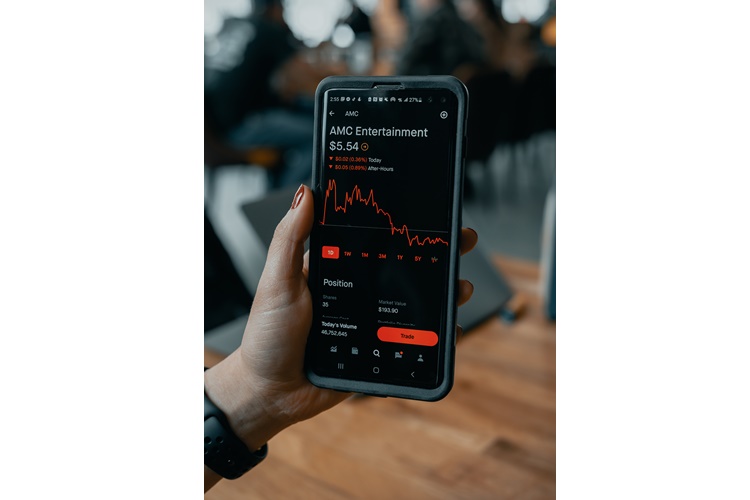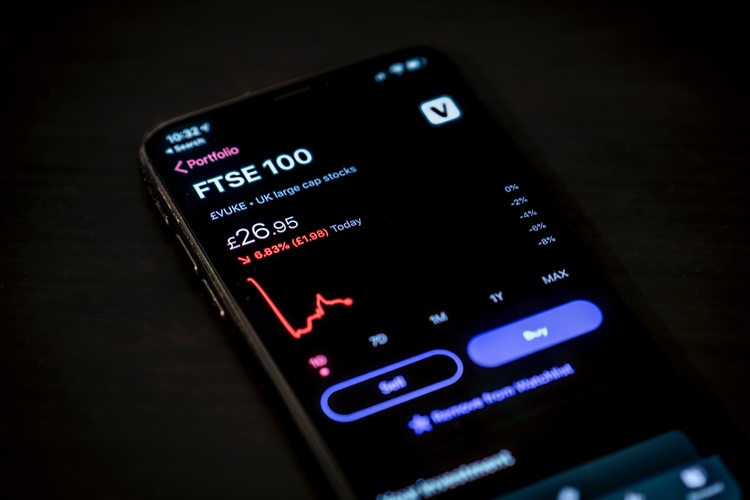Should You Invest When Markets Are High? It’s great when the market goes up, but an endlessly strong stock market can make investors nervous. Understandably, people worry because whatever goes up must come down, and a market continually reaching for new highs must be about to head south. You’ve probably heard that you’re supposed to buy low, and you may have even trained yourself to see weak markets as a buying opportunity (well done). So, what are you supposed to do when the markets just continue to go up?
The answer for most long-term investors is usually “whatever you were doing before”, as long as you’ve been practicing smart investing. This may hold true, even when you’re choosing how to invest during an election year.
But let’s get things straight right up front – things could go horribly wrong this time, so see the disclaimer at the bottom and make your own decisions.
While the U.S. economy has largely climbed out of the depths of 2020, there may still be quite a few bumps on the road ahead in 2021. The stock market enjoyed a substantial bounce in the second half of last year, and investors may still want to maintain discipline in the event that the market cools off. Building a portfolio that has at least some less risky assets can be useful in helping you ride out future volatility in the market.
The trade-off, of course, is that in lowering risk exposure, investors are likely to see lower returns over the long run. That may be fine if your goal is to preserve capital and maintain a steady flow of interest income. But if you’re looking for growth, also consider investing strategies that match your long-term goals. Even higher-risk investments such as stocks have segments (such as dividend stocks) that reduce the risk while still providing attractive long-term returns.
What to Consider
Depending on how much you’re willing to risk, there are a couple of scenarios that could play out:
No risk — You’ll never lose a cent of your principal.
Some risk — It’s reasonable to say you’ll either break even or incur a small loss over time.
There are, however, two catches: Low-risk investments earn lower returns than you could find elsewhere with risk; and inflation can erode the purchasing power of money stashed in low-risk investments.
So if you opt for only low-risk investments, you’re likely to lose purchasing power over time. It’s also why low-risk plays make for better short-term investments or a stash for your emergency fund. In contrast, higher-risk investments are better suited for higher long-term returns.
Savings Bonds
Like savings accounts, U.S. savings bonds aren’t investments, strictly speaking.
Why invest: The Series EE savings bonds pay interest up to 30 years, and they earn a fixed rate of return if they were issued in May 2005 or after. If a U.S. savings bond is redeemed before five years, a penalty of the last three months’ interest is charged.
Risk: U.S. savings bonds come with little to no risk, and they may also come with little or no return. So you’re likely to lose purchasing power over time.

Money Market Accounts
A money market account may feel much like a savings account, and it offers many of the same benefits, including a debit card and interest payments. A money market account may require a higher minimum deposit than a savings account, however.
Why invest: Rates on money market accounts may be higher than comparable savings accounts. Plus you’ll have the flexibility to spend the cash if you need it, though the money market account may have a limit on your monthly withdrawals, similar to a savings account. You’ll want to search for the best rates here to make sure you’re maximizing your account.
Risk: Money market accounts are protected by the FDIC, with guarantees up to $250,000 per depositor per bank. So money market accounts present no risk to your principal. Perhaps the biggest risk is the cost of having too much money in your account and not earning enough interest to outpace inflation, meaning you could lose purchasing power over time.
If you are new to alternative investments, now may be the right time to explore stock market alternatives and alternative investment ideas that you may not have been aware of before. Alternative investments have always been an option available to motivated investors but because investments other than stocks are not as commonplace, many do not feel as comfortable with them.
Many alternative investment opportunities typically have a low correlation to the stock market and can potentially protect your portfolio against fluctuations in the broader economy. Instead of putting all your hard-earned money in the same basket, consider these 5 alternative strategies that can help you invest in alternative investments, beyond the stock market.

Not Sure Where to Start?
It’s never a bad time to start considering alternatives to the stock market. Whether you started looking into it as a result of the market downturn or always wondered if there were other ways to invest, diverse and lucrative investment options do exist outside the stock market. That is, if you’re willing to take the time to educate yourself and adapt your mindset, and if you are motivated to build wealth outside the stock market even during times of uncertainty. One way is to explore Yieldstreet offerings, where accredited investors have access to alternative investments in a multitude of asset classes.
If you want to be invested in the stock market, then be sure to do your research and buy while the market is low, and only when you know for sure that the companies you’re buying are not in bankruptcy status or failing to match their sector competition. I’m in technology, which allows me to know about the companies who are doing well in my world. I make a habit of keeping up with these companies’ news so that whenever the market is down, I can buy what I can afford and then hold them. When those companies aren’t doing as well, or are replaced by a company that is doing a better job, then I sell early so that I don’t have to sell at a loss. It’s a balancing act, it’s active investing, but can be a lot of fun when you invest in what you enjoy.
Be patient, do your research, and don’t be hard on yourself when you lose. It’s normal to make mistakes when we are learning – that’s the price of gaining a new skill.
Subscribe for more investing, business and sales posts. Have a lovely day.











